Tragedy Greets Hachi
Hachi was born in 1923, the same year that the Great Kantō Earthquake hit the Tokyo metropolitan region on September 1, 1923.
This 7.9-magnitude earthquake, with the ensuring fire, caused unprecedented calamities and damage to Tokyo and the surrounding area.
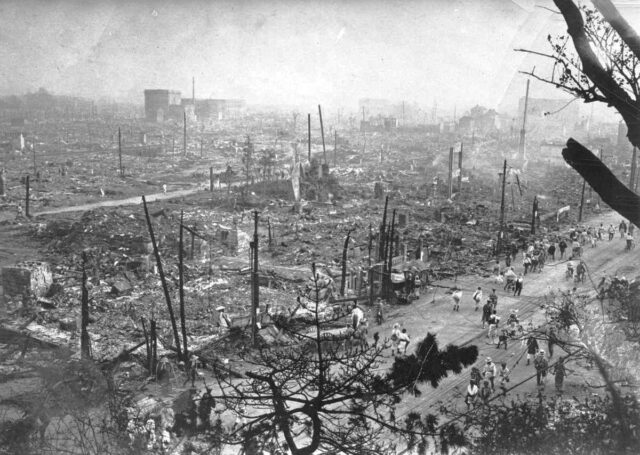
The tremors were followed by a 40-foot-high tsunami that swept away thousands of people. Fires consumed the wooden houses of Japan’s largest cities, Yokohama and Tokyo, turning to ash everything in their path.
Before the earthquake, cosmopolitan Yokohama was flourishing with a population of half a million. The elegant Grand Hotel, a seafront Victorian villa that played host to Rudyard Kipling, W. Somerset Maugham and William Howard Taft, collapsed, crushing guests and employees.
Survivor Otis Manchester Poole recalled, “Over everything had settled a thick white dust…and through the yellow fog of dust, still in the air, a copper-coloured sun shone upon this silent havoc in sickly reality.”
By the time the fires died down on September 3, forty-five percent of Tokyo was destroyed.
The capital of Japan lay in ruins.
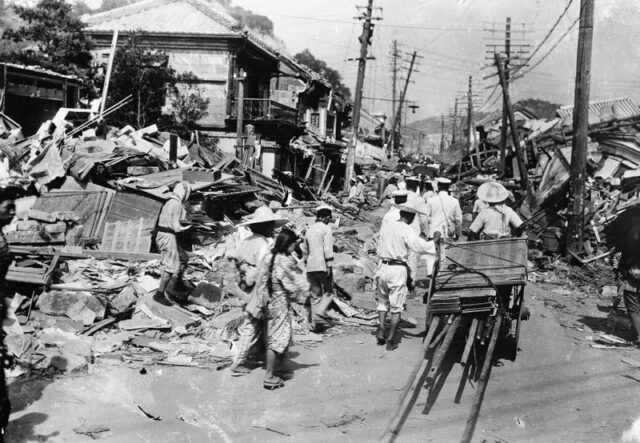
National Disaster Prevention Day
The death toll reached 91,344 and 464,909 residential houses were either shaken down or burned in the ensuing fires touched off by the quake.
Due to the severity of the earthquake, the Japanese government designated September 1 as the Day of Natural Disaster Prevention. Today, the Tokyo metropolitan government publishes a 338-page manual, Let’s Get Prepared, with valuable tips on surviving disasters.
The date of 9/1 is a solemn day of remembrance for Japanese, as 9/11 is to Americans
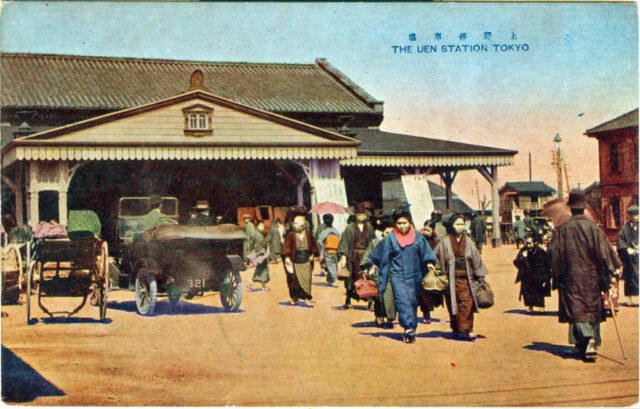
Clues to Hachi’s Past
The significance of this unprecedented earthquake is that one of its aftershocks occurred on January 15, 1924, the day Hachi arrived at Ueno Station in Tokyo.
People, including his breeder Saitō Giichi, did not remember exactly when Hachi was born. Even Kurita Reizō could not recall the precise date when he took Hachi from the Saitō residence to Odate Station and sent him off to Tokyo via the Japanese Government Railways (current JR).
Yet, Kurita noted that there was a Great Kantō Earthquake aftershock during Hachi’s train ride to Ueno Station. The date was January 15, 1924.
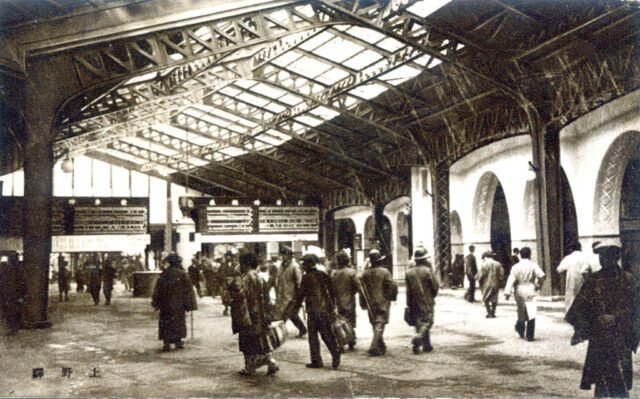
This momentous event determined the exact day, January 14, 1924, that Hachi left his hometown. Moreover, it provided an important clue in calculating Hachi’s real birthday, as examined in my previous commentary.
The Legacy
That’s why January 15, 1924, along with September 1, 1923, became meaningful dates for Hachikō fans, both in Japan and abroad.
Even today, the loyal Akita’s birth year of 1923 is forever associated with the Great Kantō Earthquake
A dramatic welcome for the young Hachi.
Who would believe a frail puppy would have the strength to capture the hearts of an entire nation…then the world? But as we know, he did. Now, thanks to Hachi historian/author Mayumi Itoh’s landmark research, we can trace every step of his miraculous story.
In each Hachiko Snapshot, you can follow Hachi’s incredible journey from sickly puppy to worldwide icon. On the 14th of each month, his birthday – right here on the blog.
Author Mayumi Itoh is considered the “official biographer” of Hachiko. Mayumi is a former Professor of Political Science at the University of Nevada, Las Vegas, and has previously taught at Princeton University and Queens College, City University of New York. She currently teaches haiku writing at Princeton University.
Mayumi is best known to Hachi friends for Hachiko: Solving Twenty Mysteries about the Most Famous Dog in Japan. She is the author of a dozen books on politics, including Japanese Wartime Zoo Policy, The Japanese Culture of Mourning Whales, and Animals and the Fukushima Nuclear Disaster. In addition, Mayumi has written 22 haiku collections, including Haikus for Hiroshige’s One Hundred Famous Scenes of Edo.

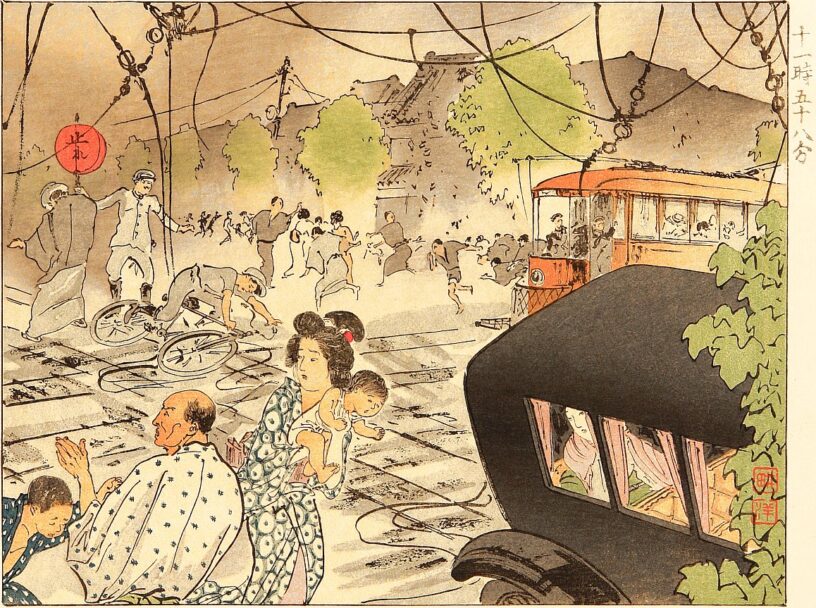

 >
>
